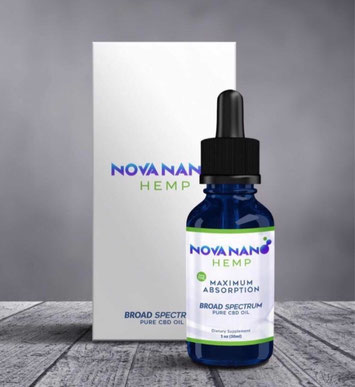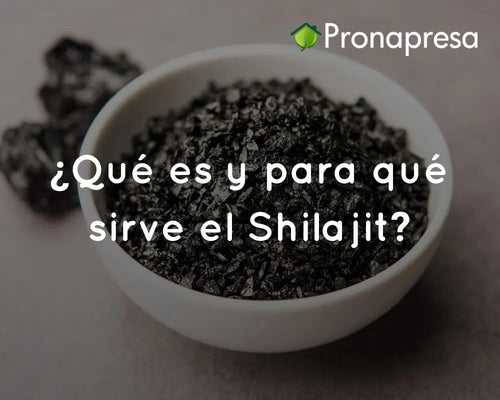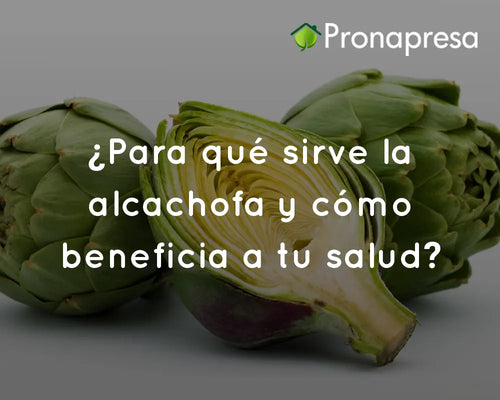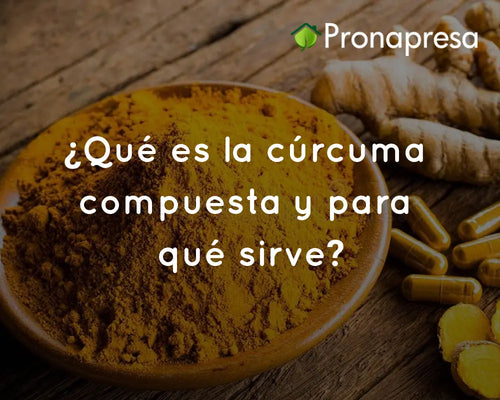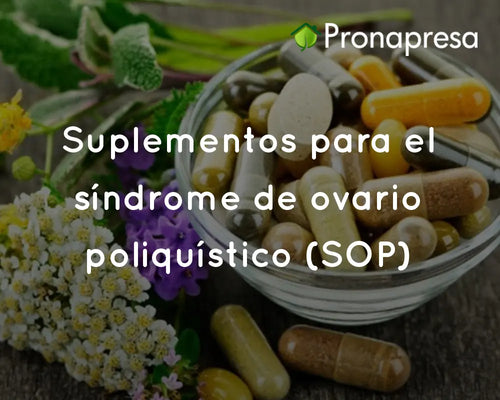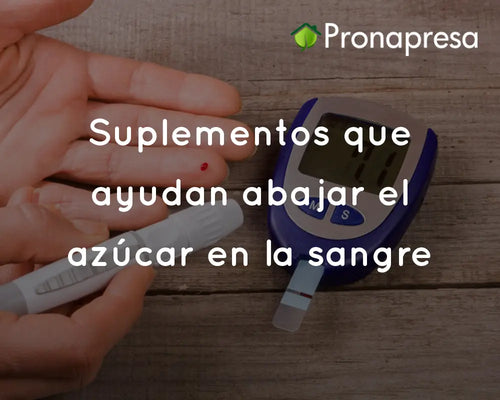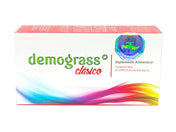
According to one study, 84% of women have experienced menstrual pain, and 43% reported pain with every period. Dysmenorrhea is the medical term for painful menstruation. In premenopausal women, a layer of uterine lining builds up every month. This lining is shed at the end of the menstrual cycle, unless, of course, a pregnancy has occurred during this time.
To remove this lining, the muscles begin to constantly contract and relax until the layer flows out of the body. These irregular muscle movements of contraction and relaxation within a woman's lower abdomen often cause cramping and the associated pain.
HEMP OIL (CBD) TO RELIEVE THE PAIN OF MENSTRUAL CRAMPS.
CBD is a strong pain reliever with no adverse effects, as demonstrated by multiple scientific studies.
In some cases, menstrual cramp pain can be reduced or completely relieved with hormonal birth control pills or anti-inflammatory medications such as NSAIDs, as research has shown.
Almost every woman who suffers from menstrual pain has tried at least some of these Big Pharma medications. While there is no specific research yet on the effects of CBD or cannabis on menstrual cramps, there is a wave of anecdotal evidence flooding the world.
In relation to menstrual cramps, CBD has been scientifically proven to be effective in:
- Relieve pain
- Cure inflammation
- Relieves spasticity and cramps (muscle relaxant)
- Balancing mood swings
Long-term side effects of birth control pills:
- Nausea
- Distension
- Headaches
- Mood swings and other emotional problems
- Blood clots
- Facial brown spots
- Reduced sexual desire
- Breast tenderness
Side effects of NSAIDs
In addition to the fact that NSAIDs have shown rather weak results in scientific medical research working with only 31 out of every 100 girls and women, there are serious risks associated with regular NSAID use:
- Allergy
- Liver problems
- Kidney problems
- Ulcers and other gastrointestinal problems
- Increased risk of heart failure
If you want to know more about CBD, you might be interested in:
What is CBD oil, also known as hemp, cannabidiol, or cannabis, and what is it used for?

Laboratory studies.
There is significant evidence that CBD is effective against pain, inflammation, and cramps.
A study of endometriosis (which occurs when small pieces of the tissue that lines the uterus (endometrium) grow on other pelvic organs, such as the ovaries or fallopian tubes) in rats shows that endocannabinoids may regulate the innervation of the abnormal growths in the disease and that exogenous cannabinoid agents may be effective in reducing the symptoms of endometriosis. Endometriosis is a disorder with severe menstrual cramps as one of its symptoms.
This study offers hope for CBD as a promising new direction in developing much-needed new treatments for the pain women experience with menstrual cramps.
A 2016 laboratory study investigated the number of cannabinoids and cannabinoid receptors in women with endometriosis and compared them with those levels in women without endometriosis. The study draws a parallel between severe pain and cramping during menstruation and an imbalance in the body's endocannabinoid system.
And as we all know, CBD (or cannabis in general) works to restore balance to the endocannabinoid system. This would explain why so many women claim CBD gives them a pain-free period.
Clinical studies.
In 2010, scientists from the New Zealand Gynecology and Obstetrics Group and the Cochrane Menstrual Disorders and Subfertility Group conducted a clinical trial on the effectiveness of NSAIDs for dysmenorrhea. The study, while concluding that NSAIDs are effective, warns of a "significant risk of adverse effects."
Six years later, this 2010 study was reviewed, revealing that only 31 out of every 100 girls or women experienced pain relief with NSAIDs. However, they did note that in some cases, adverse effects were reported only during the time period of these trials. With this in mind, one can only assume that long-term use would be even worse.
So far, we haven't found any information on clinical trials for treating menstrual cramps and cramps with CBD or cannabis. However, there is a wealth of clinical evidence that CBD and cannabis are very effective for spasms and cramps associated with multiple sclerosis.
A 2014 study on fibromyalgia pain showed that medical marijuana was much more effective than the three FDA-approved medications.
Anecdotal studies
Dr. Ethan Russo of the University of Washington wrote a 2002 study that found cannabis was used to ease pain in difficult childbirth as far back as 2000 BC. He also writes that there is evidence that cannabis was used as a medicine for women as far back as the Egyptian Pharaonic times of 1534 BC.
Some evidence suggests that this may have happened as early as 3000 BC.
Dr. Russo's historical review even notes that in China, as described in an ancient book (1596) by Li-Shih-Chen, cannabis flowers were used for menstrual disorders.
New York State Assembly Bill A00582 is ordered up for third reading. If passed, New York will be the first state to add dysmenorrhea (menstrual cramps) to the list of conditions covered by the legal medical use of marijuana.
Nova Nano Hemp is a 100% organic medicinal cannabis oil created with Nanotechnology

